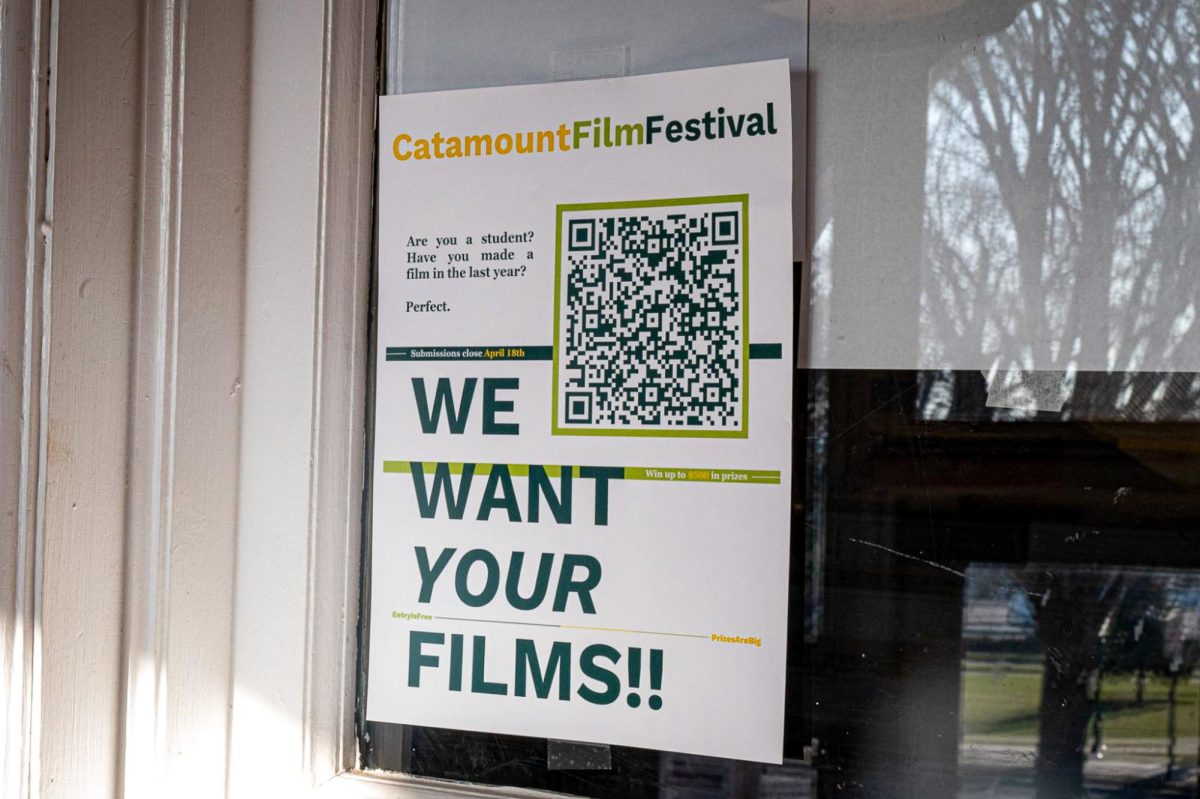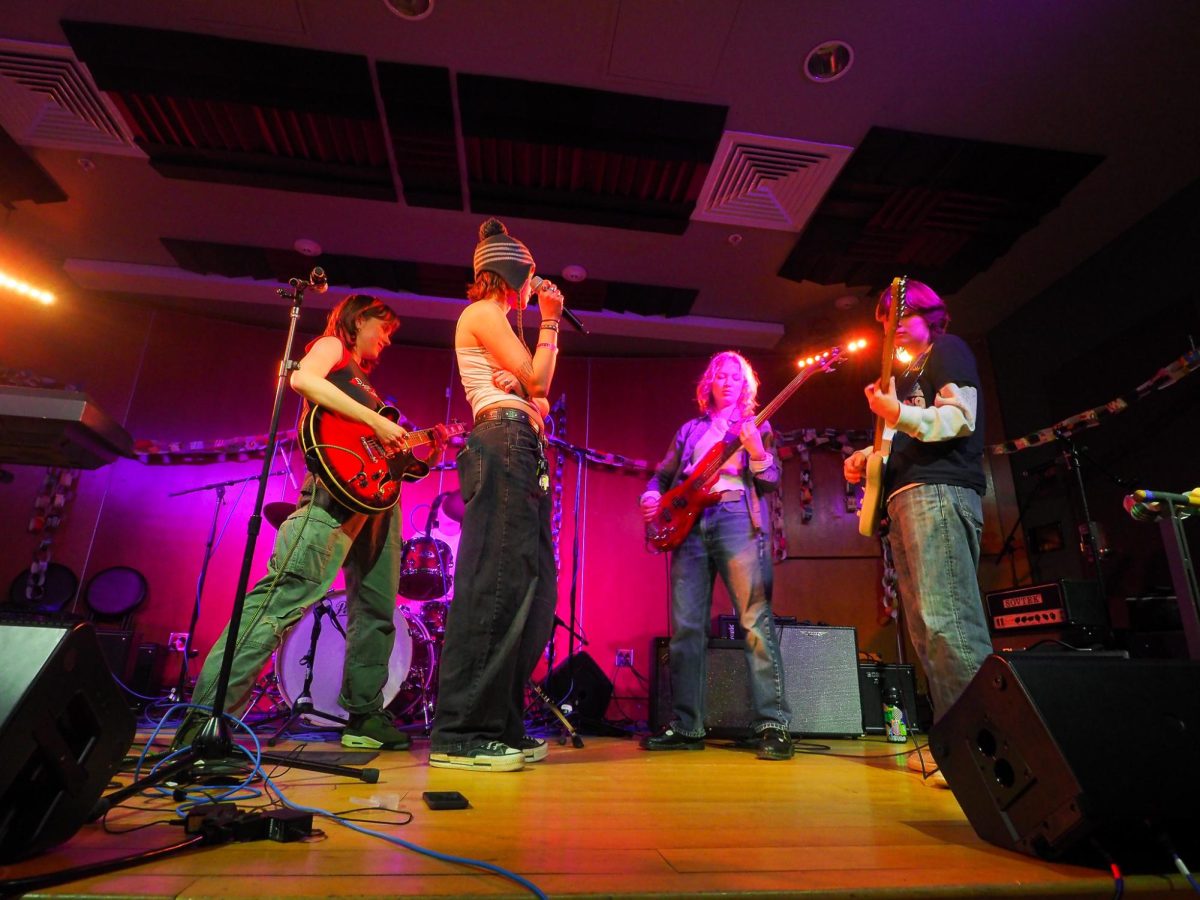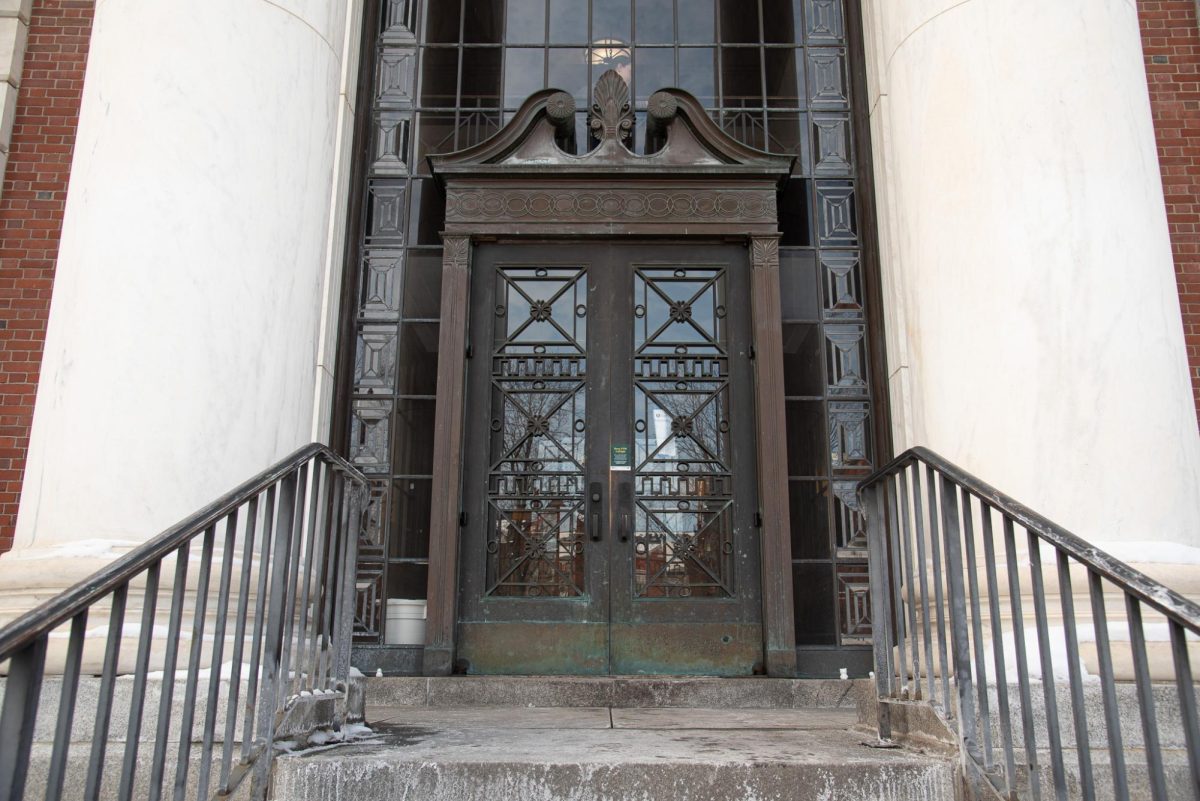Whether it is French roast, dark roast, shade grown, or Sumatra, coffee is my drug of choice. Twice daily, I wait patiently in line at the Cyber Caf?© to get my caffeine fix. Caffeine is an effective, inexpensive, and readily available drug. It can be found in a number of different products including soft drinks, chocolate, cocoa, tea, and of course coffee. 90% of the US population consumes caffeine on a daily basis, in one form or another. It is estimated that 75% of that consumption comes from coffee alone. Living in such a fast paced, industrialized society, our lifestyles demand a high level of energy. It is easy to see why caffeine has become such an integral part of our society. Millions of Americans’ days do not begin until they have had their morning brew. Soft drinks have become more popular amongst elementary and high school students, outdoing all other drinks including milk and juice. Coffee is a crutch for many college students wishing to stay awake and study longer. The caffeine craze has extended even further with the introduction of energy drinks like Red Bull and AMP. There is even caffeinated water. But before this caffeine-induced ramble goes any further, let me make one point clear: as a nation, we have become hooked on caffeine, and dependent upon the products that deliver it. With that being said, ask yourself this question: who is responsible for these wonderful products that we hold so dearly to our hearts and mugs?
If you are one of the millions who get a jolt from soft drinks, you are receiving an American product from American labor. If you prefer to get your kicks from cocoa, chocolate, and coffee, you are utilizing a different sector of the economy. You are getting an imported product from foreign labor. So what does this mean for the consumer? It means that we are dependent upon those countries for the goods they create. It also means that we have a relationship with the people who produce those goods. And just like any healthy relationship, this one requires communication, love, support, and time and effort from both sides.
And while the cocoa, tea, and chocolate trade are important relationships to discuss, this article will focus specifically on coffee. You are probably thinking to yourself: “why should I care about coffee?” You should care because this relationship has been deteriorating rapidly for over twenty-five years and creating a slew of problems. Poverty and hunger are on the rise, the environment is being destroyed, social justice issues are being ignored, and the quality of coffee has gone down. How is this possible you might ask? Simply put, corporations have substituted the values of a healthy business relationship with one goal in mind: to make more money.
As socially mindful and intelligent college students, the concept of corporate greed is not a hard one to grasp. Think off all the scandals we have witnessed in the last four years. Do names like Enron, Halliburton, and Monsanto ring a bell? All of these corporations share one thing in common. They have all made tremendous profits through the manipulation of politics and misinforming their consumers. We know about these incidents because they happened in our own backyard. So ask yourself this: if American corporations can get away with scandals in the United States, and believe me they do, how easy do you think it would be for them to manipulate other countries? If you guessed easier, you’re right.
In order to understand how corporations manipulated the coffee industry, a history of the market must be discussed. Since its discovery, coffee has been controlled by colonial powers. War, brutality, and greed have plagued all the nations in which coffee is cultivated. Yet, before 1989, the coffee industry was relatively stable in terms of economics. The International Coffee Organization (ICO), made up of various coffee-producing and consuming countries, acted as an economic watchdog for this multibillion-dollar industry. A “quota system” was used to create checks and balances in production and sales. For example, if international coffee prices rose due to higher demand, quotas were relaxed on producers. In turn, coffee production rose and prices came down.
Conversely, if international prices fell, quotas were tightened and less coffee flowed into the market. This would cause prices to rise again. And even though the system was flawed, the market remained relatively stable. However, due to squabbling over quotas and political corruption, the quota system was under stress. After the United States withdrew its support in 1989, the ICO collapsed and trading restrictions were liberalized.
Since most of the importing and roasting companies were located within the United States, trading power shifted to consuming countries. Being able to set the standards, coffee corporations were able to manipulate coffee producers. A higher percentage of the income generated by coffee sales went to middlemen and corporations, and less money went to the farmers. High quality coffee was now worth the same price as low quality coffee. Prices fell to record lows within a year. Coffee farmers now had to produce more coffee in order to make a profit. Essentially, the law of supply and demand did not exist. As prices fell, production went up. So with no way to sell their coffee at higher prices, farmers had no choice but to adjust or perish. This is what the “Coffee Crisis” is all about: Farmers not being able to sell their crops at a decent price. The implications of this would prove to be devastating.
But to understand what happened next, you need to have a basic understanding of how coffee production works. Coffee grows only in specific climates and with special care. Tropical regions like Central and South America, sub-Saharan Africa, and the Pacific Rim are ideal for coffee growth. But not all coffee is the same. There are two types of coffee in the world: Arabica and Robusta. Arabica is what we know to be high quality coffee. Whole beans, which you can find in coffee shops and super markets, are mostly Arabica beans. It is best grown at high altitudes and under shade.
Arabica is also preferably grown in a bio-diverse area, meaning there are other plants and animals sharing the same habitat. Generally, the higher the altitude, the better the taste. Robusta, on the other hand, is considered lesser quality coffee because of its bitter and bland taste. It can be grown at almost any altitude and in direct sunlight. It is more resilient to disease, produces a higher yield, and has a higher caffeine content than Arabica. Products like Maxwell House and Folgers utilize a high percentage of Robusta beans with only a small percentage of Arabica.
To relate this knowledge to the coffee crisis, contemplate this: if you were a coffee farmer trying to produce as much coffee as possible, what coffee would you invest your time into? Robusta is the answer. Without the incentive to produce high quality coffee, many farmers switched to sun-grown Robusta plantations. Farmers who did not wish to change their growing methods had to cut expenses in other ways. For the millions of laborers working on coffee plantations, this meant unemployment. So in order to support their families, many men sought work in foreign countries.
This gave rise to the term “coffee widow”, used to describe the women whose husbands left because of coffee plantation lay-offs. Families were forced to split up, and children were taken out of schools. Poverty and hunger spread like a brush fire throughout the many coffee communities of the world. In Honduras for example, an estimated 30,000 people suffered from hunger and malnutrition according to a 2002 report done by the World Food Programme. Destruction of the natural environment was another result of the switch to Robusta. Due to the fact that Robusta is grown in direct sunlight, massive deforestation needed to occur in order to make room. Hundreds of species of local and migratory birds lost their homes to coffee deforestation.
Soil erosion and the depletion of minerals became a common problem after harvest. Farmers could not use the same land twice, which then lead to more deforestation. From Columbia to Mexico, an area consisting of 2.7 million coffee producing hectares, farmers have converted almost half that to sun-grown production (1.1 million hectares). In places like Brazil and Vietnam, the top two coffee-producing nations, almost all coffee production has been switched to sun-grown. These are only a few examples of the damages caused by the coffee crisis. So where does the consumer come in.
After it was all said and done, the price of coffee dropped only a few cents for consumers. What a victory! The people who really made out were the large corporations and importers. In essence, corporate greed has lead to: 1) the hardships for more than 25 million people involved in coffee production, 2) unimaginable degradation to the rainforest and wildlife, 3) overall decline in coffee quality. As a coffee drinker I am outraged. As a humanitarian I am disappointed by the fact that human life is valued less than company profits. But there is hope.
A number of organizations have been working on ways to solve the coffee crisis. One solution has been to create a “fair” playing field for coffee producers. Through special certification by a third party NGOs (non-governmental organization) like Transfair USA (www.transfairusa.org), Farmers can sell their coffee under the label: “Fair Trade”. This ensures that coffee farmers get a fair price for their coffee, while cutting out the middle-men. At the moment, coffee is worth around 70 cents per pound under the “free” market stock exchange. By selling their coffee under the fair trade label, farmers receive a minimum price of $1.26 per pound. This way, Farmers can cover the cost of production and allow them to put money where it is needed most…the community.
Another way that farmers can gain more independence is to become certified “organic.” With this, farmers can receive even more money for their coffee. Fair trade organic coffee sells for a minimum of $1.41. Organic certification also contributes to sustainable means of production and encourages re-forestation. A similar certification called “Bird-Friendly” is also available for farmers. It signifies that bird habitats are not being destroyed as a result of coffee farming. This too raises the value of coffee. And While Fair Trade, Organic, and Bird Friendly certifications are improving conditions, there is still more to be done.
Last week, I had the pleasure of speaking with a Honduran coffee farmer about the current state of coffee. Carlos seemed optimistic about the coffee situation. When asked: “what are some of the ways in which coffee farmers can become more independent?” he replied: “organization is the key.
Creating cooperatives amongst coffee farmers, pooling resources, forming direct relationships with roasters, emphasi[zing] on projects that foster more entrepreneurs, and investing in local initiatives. By placing more power back into the hands of the producers, we can fix this coffee problem” I then asked him: “what can consumers do to help out the cause?” He replied: “people need to become aware of the products they are buying. Low quality coffee has flooded the market and its destroying the market. People have to know what good quality coffee tastes like. Once they do, they won’t go back.
He added, more education needs to be done at the level of farmers and co-ops. Farmers need to be able to create the best coffee they can.” This seems to be common problem among coffee farmers. In an article I once read, the small-scale coffee grower is like “a baseball player with bad eyesight and no glasses facing a 90 mph fastball pitcher.” When asked: “what types of things are farmers looking into to make them less dependent on coffee, Carlos answered: “eco-tourism is something that can be very effective.
By bringing outsiders into coffee communities, people can get a sense of what life is like for a coffee picker. It brings a sense of interdependence that has ceased to exist in earlier years. An emphasis on closer relationships is the key.” “Relationship coffee” is becoming a new term along with fair trade and organic coffee. I finally got around to asking the tougher questions: “what is your favorite coffee, and how do you drink it?” Carlos replied: “mine”, and chuckled. “If it’s good coffee, I like it black. If it’s bad, lots of cream and lots of sugar.”
I came away with the feeling that things were on the rise for the coffee industry, but I know there’s a long way to go.
So, For all you coffee drinkers out there, understand that coffee is much more than just a drink or drug. It is a life force that needs our attention and care. So get out there, find that brew that makes your mouth water, and fill up your mug. But please, only buy fair trade and organic coffee. More importantly, educate yourselves and make your worldview bigger- visualize good coffee and put yourself in the picture.











